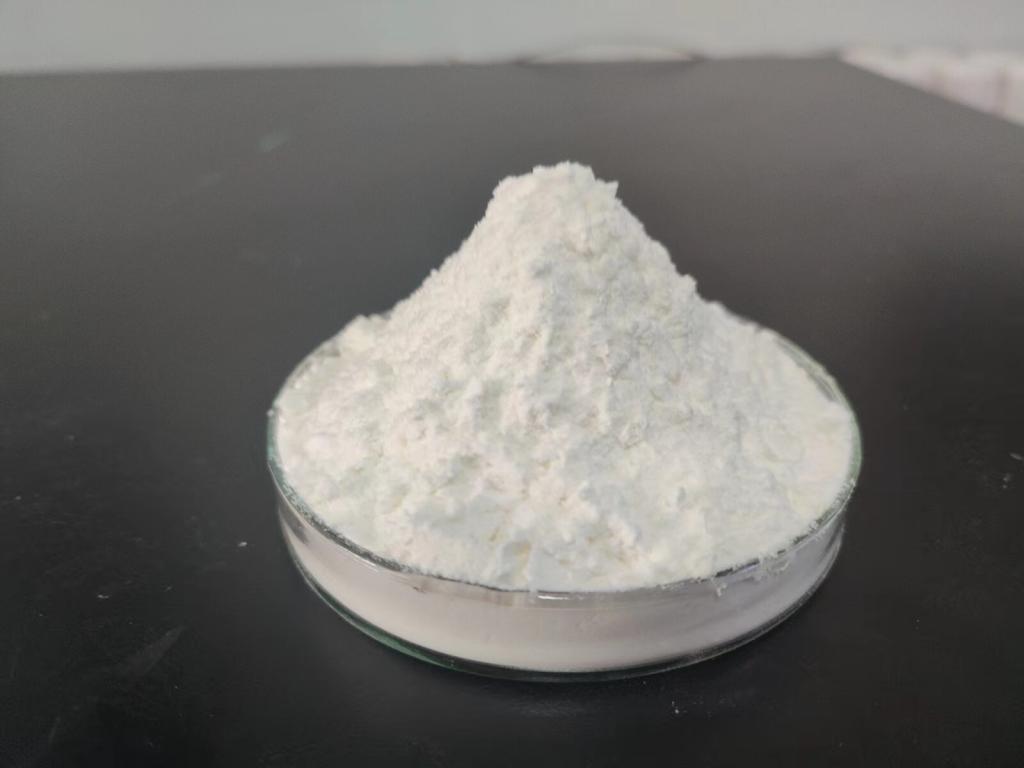Tel:+8618231198596

News
 CONTACT
CONTACT
 CONTACT
CONTACT
- Linkman:Linda Yao
- Tel: +8618231198596
- Email:linda.yao@dcpharma.cn
- Linkman:CHARLES.WANG
- Department:Overseas
- Tel: 0086 0311-85537378 0086 0311-85539701
News
Current Position:
Home >
News
>ε-Polylysine hydrochloride is biodegradable and environmentally friendly.
ε-Polylysine hydrochloride is biodegradable and environmentally friendly.
TIME:2024-03-22
Understanding ε-Polylysine Hydrochloride:
ε-Polylysine hydrochloride, derived from natural sources through microbial fermentation, represents a biodegradable polymer composed of lysine residues linked by peptide bonds. Its cationic nature and molecular structure render it effective against a broad spectrum of microorganisms while also offering compatibility with eco-friendly principles.
Biodegradability of ε-Polylysine Hydrochloride:
Natural Origin: ε-Polylysine hydrochloride is produced through fermentation processes using microbial strains such as Streptomyces albulus, resulting in a biodegradable polymer with minimal environmental impact.
Microbial Degradation: Once released into the environment, ε-polylysine hydrochloride undergoes degradation by microbial enzymes present in soil, water, and other natural habitats. Microorganisms break down the polymer into simpler organic compounds, which are further metabolized and assimilated within microbial ecosystems.
Environmental Fate: Studies have demonstrated the biodegradability of ε-polylysine hydrochloride under aerobic and anaerobic conditions, with degradation occurring over time through enzymatic and microbial-mediated processes. Its breakdown products pose minimal risk to ecosystems and are assimilated into natural nutrient cycles.
Applications in Sustainable Industries:
Food Preservation: In the food industry, ε-polylysine hydrochloride serves as a natural preservative, inhibiting microbial growth and extending the shelf life of perishable products without the need for synthetic additives. Its biodegradability aligns with sustainable food production practices, supporting the development of eco-friendly formulations.
Cosmetics and Personal Care: ε-Polylysine hydrochloride finds applications in cosmetics and personal care products as a preservative to prevent microbial contamination and spoilage. Its biodegradable nature offers an environmentally friendly alternative to conventional preservatives, contributing to sustainable product development.
Pharmaceutical Formulations: In pharmaceuticals, ε-polylysine hydrochloride is utilized as a preservative in liquid formulations, oral medications, and topical preparations. Its biodegradability ensures minimal environmental impact during disposal and wastewater treatment processes, promoting sustainable healthcare practices.
Regulatory Considerations:
ε-Polylysine hydrochloride is approved for use as a food additive and cosmetic ingredient in many countries, including the United States, the European Union, and Japan. Regulatory agencies such as the U.S. Food and Drug Administration (FDA) and the European Food Safety Authority (EFSA) have evaluated its safety and established acceptable levels for use in various applications.
Consumer Perception and Acceptance:
Consumers increasingly favor products formulated with environmentally friendly ingredients, driving the demand for biodegradable preservatives like ε-polylysine hydrochloride. Brands that prioritize sustainability and transparency in their formulations stand to gain consumer trust and loyalty, positioning ε-polylysine hydrochloride as a desirable ingredient in eco-conscious markets.
Challenges and Opportunities:
While ε-polylysine hydrochloride offers significant environmental benefits, challenges such as cost-effectiveness, formulation compatibility, and regulatory compliance may need to be addressed for broader adoption in sustainable industries. However, ongoing research and innovation in green chemistry and biotechnology present opportunities for optimizing ε-polylysine hydrochloride-based formulations and enhancing their environmental performance.
Conclusion:
ε-Polylysine hydrochloride emerges as a biodegradable and environmentally friendly preservative, offering effective microbial control while minimizing environmental impact. Its natural origin, biodegradability, and regulatory approval position it as a sustainable alternative to synthetic additives in food, cosmetics, and pharmaceutical formulations. As industries continue to prioritize sustainability and eco-conscious practices, ε-polylysine hydrochloride holds promise as a key ingredient in the development of environmentally friendly products that meet the evolving needs of consumers and contribute to a greener future.
- Tel:+8618231198596
- Whatsapp:18231198596
- Chat With Skype







